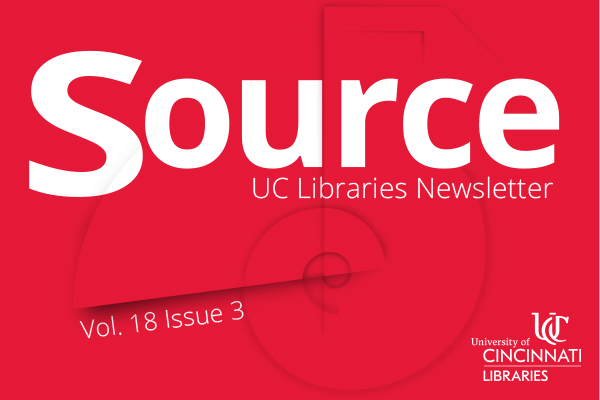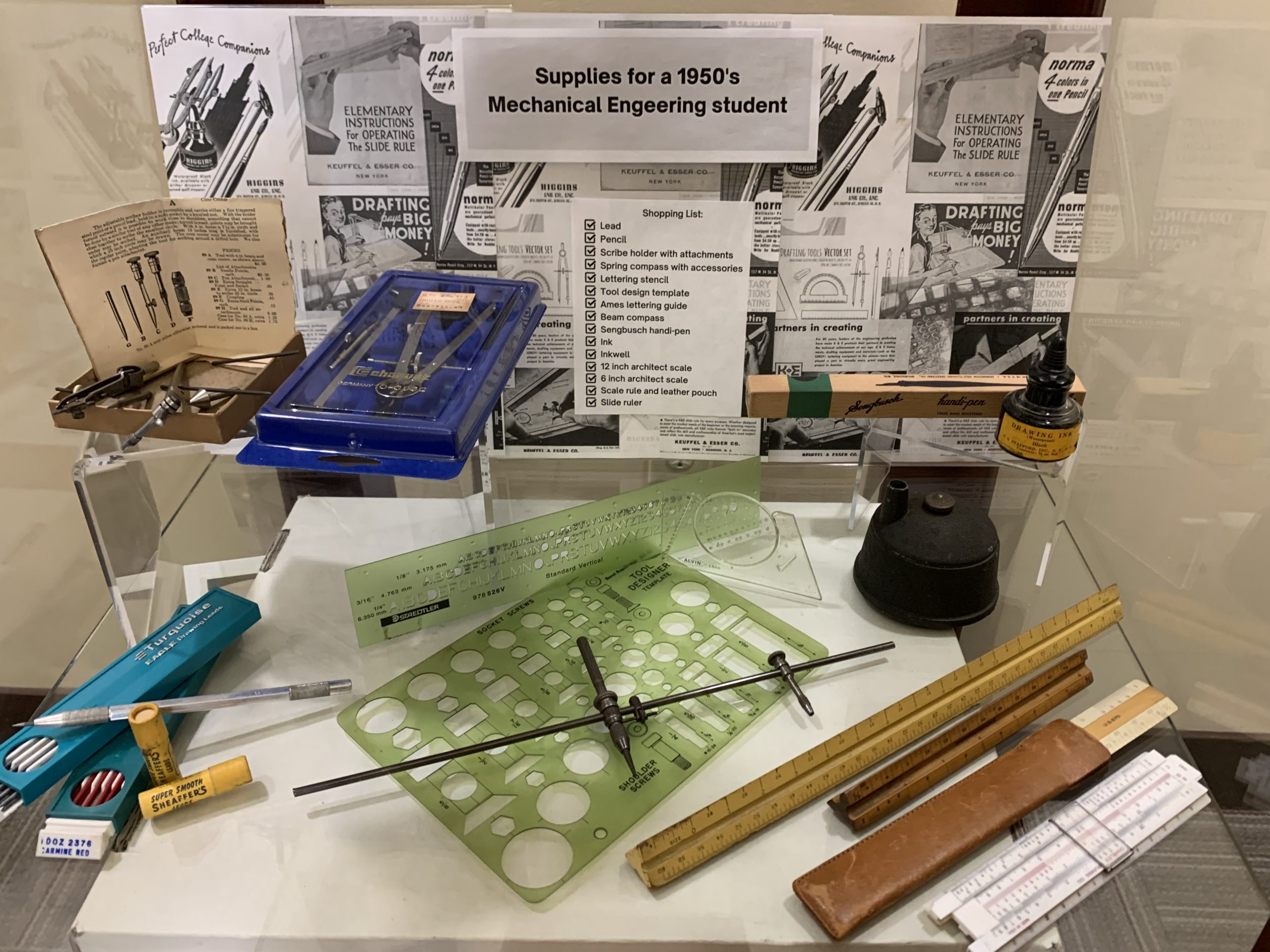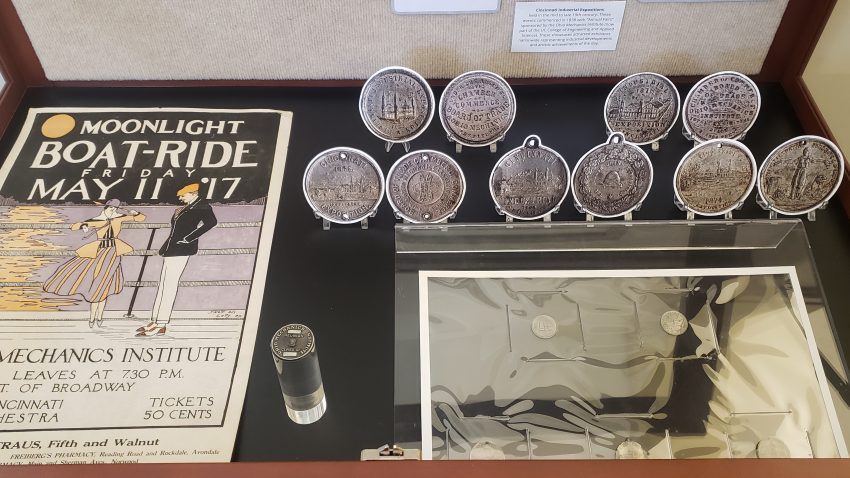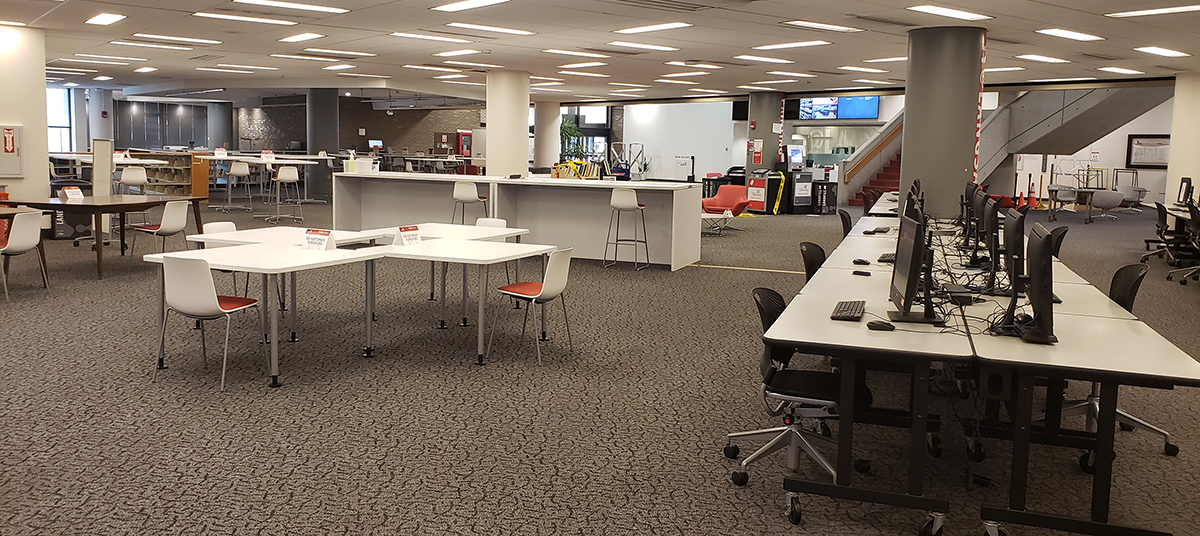 Read Source, the online newsletter, to learn about the news, events, people and happenings in UC Libraries.
Read Source, the online newsletter, to learn about the news, events, people and happenings in UC Libraries.
In this issue of Source, Dean Xuemao Wang remarks on the national and global protests sparked off by the May 25th murder of George Floyd by Minneapolis police officers and how libraries must join the fight against systemic racism.
Read about how when UC Libraries closed its physical locations in mid-March in response to COVID-19, student supervisors transitioned quickly not just their own work online, but that of their library student workers. In addition, this issue highlights work to provide library services and resources online to UC faculty and staff during a crisis.
While working remotely, consider suggestions of resource and tools from Maggie Patel, business and data analytics librarian. Download Libraries backgrounds for your next Zoom meeting or spend time with the labor collections in the Archives and Rare Books Library.
Elizabeth Scarpelli, director of the University of Cincinnati Press, announces the launch of Platforms and Pathways in Social Innovation as part of the Press’s dynamic, open access publishing platform.
While the University of Cincinnati Libraries remains open and available online to provide users with access to library resources and services, the Click & Collect retrieval and pickup service allows UC users to request print library materials in the Library Catalog for pickup at designated library locations.
Lastly, in this issue of Source, we remind UC faculty and staff to submit their 2019 creative and scholarly works for including in the re-imagined Life of the Mind.
Read these articles, as well as past issues, on the web at http://libapps.libraries.uc.edu/source/ and via e-mail. To receive Source via e-mail, contact melissa.norris@uc.edu to be added to the mailing list.


 The Ohio Mechanics Institute (OMI), founded in 1828, is one of the College of Engineering and Applied Science’s (CEAS) source institutions and provided vital technical education during the early development of Cincinnati. In 1870, OMI partnered with the Board of Trade and Chamber of Commerce to present the first “Grand Industrial Exposition.” These showcases attracted exhibitors nationwide representing industrial developments and artistic achievements of the day.
The Ohio Mechanics Institute (OMI), founded in 1828, is one of the College of Engineering and Applied Science’s (CEAS) source institutions and provided vital technical education during the early development of Cincinnati. In 1870, OMI partnered with the Board of Trade and Chamber of Commerce to present the first “Grand Industrial Exposition.” These showcases attracted exhibitors nationwide representing industrial developments and artistic achievements of the day.
 g for library print materials for research or study? The Click & Collect retrieval and pickup service (now expanded to a daily service!) allows UC users to request printed library materials in the
g for library print materials for research or study? The Click & Collect retrieval and pickup service (now expanded to a daily service!) allows UC users to request printed library materials in the 
 Read Source, the online newsletter, to learn about the news, events, people and happenings in UC Libraries.
Read Source, the online newsletter, to learn about the news, events, people and happenings in UC Libraries.